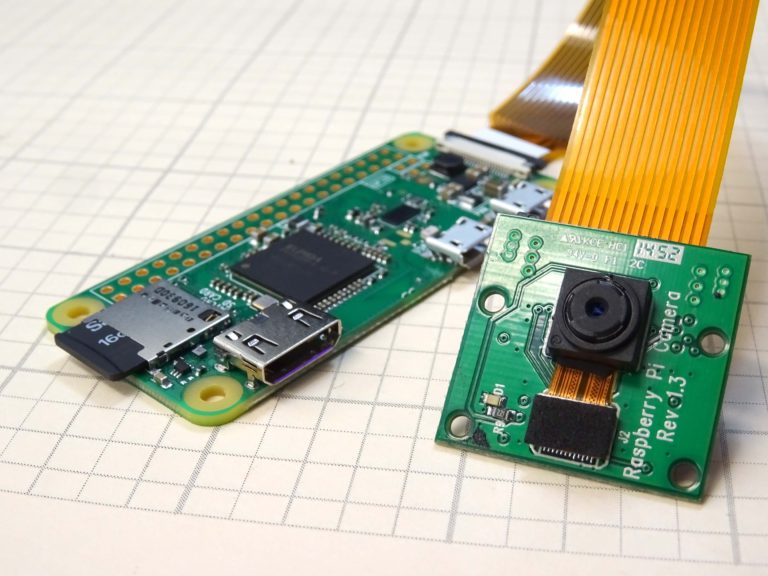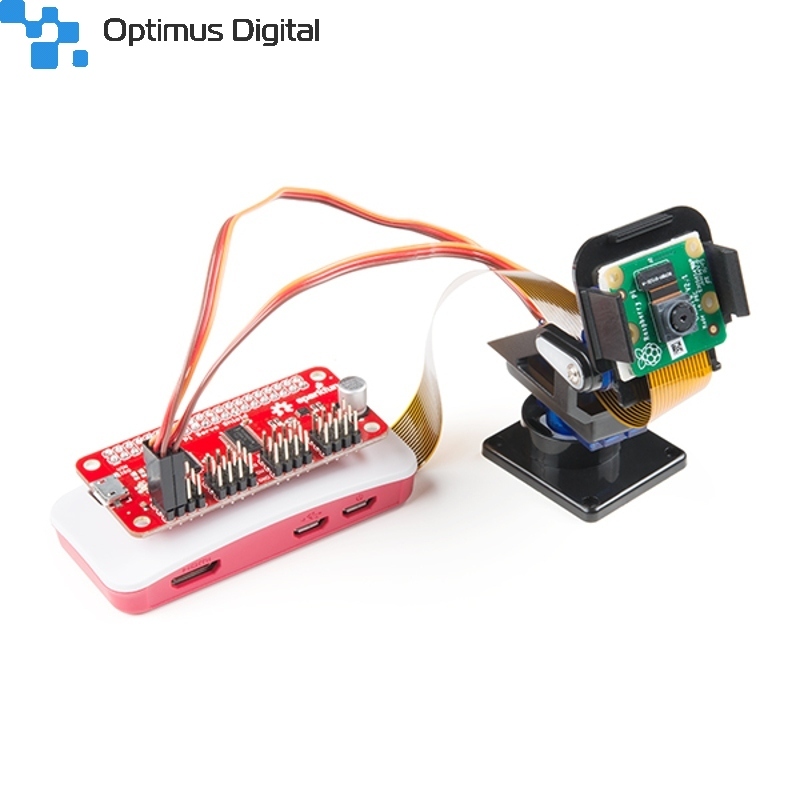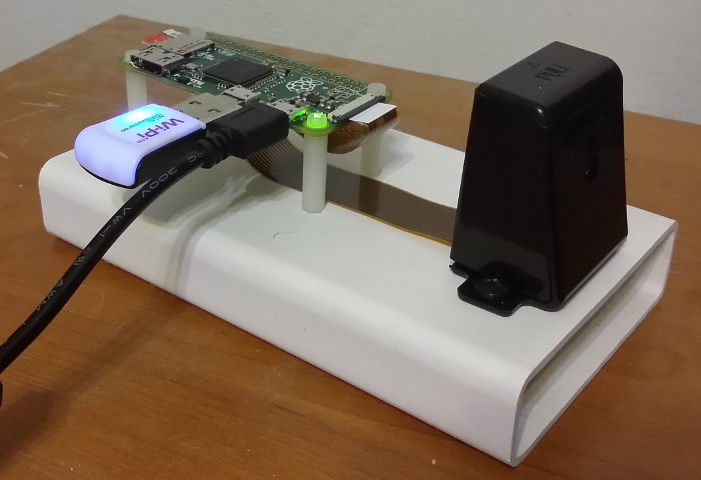

Picam2.capture_file( "/home/pi/Desktop/cam1/"+str(date)+ "/"+str(dt)+ ". Featuring the OV5647 sensor, it is very easy to connect and is fully supported by Raspberry Pi OS, requiring no special driver installation. n("sudo", "systemctl", "stop", "motioneye"])ĭt = datetime.now().strftime( "%Y-%m-%d_%H-%M-00Z")Ĭamera_config = picam2.create_still_configuration(main=) could it be done within the motioneye software itself? You already know how to take a picture, you just need to automate this at a regular interval (crontab, python or bash script can do this).

If your setup is correct, the Pi will boot up into MotionEyeOS, and you can use a network scanner like this one to find its IP address.

If that's not an issue, we can cover the hardware installation. therefor we wrote a script that works in the terminal but not when it is triggered by motioneeye. On Raspberry Pi, it’s simple to create one. Booting Up MotionEyeOS with Raspberry Pi Follow these steps to start up MotionEyeOS: Connect your Pi camera via the CSI connector or plug in a USB webcam using a Micro USB OTG adapter, then apply power. The camera module requires the Raspian OS to be updated to the latest version, so it can install the driver and tools required. we try to capture raw pictures with motioneye.


 0 kommentar(er)
0 kommentar(er)
